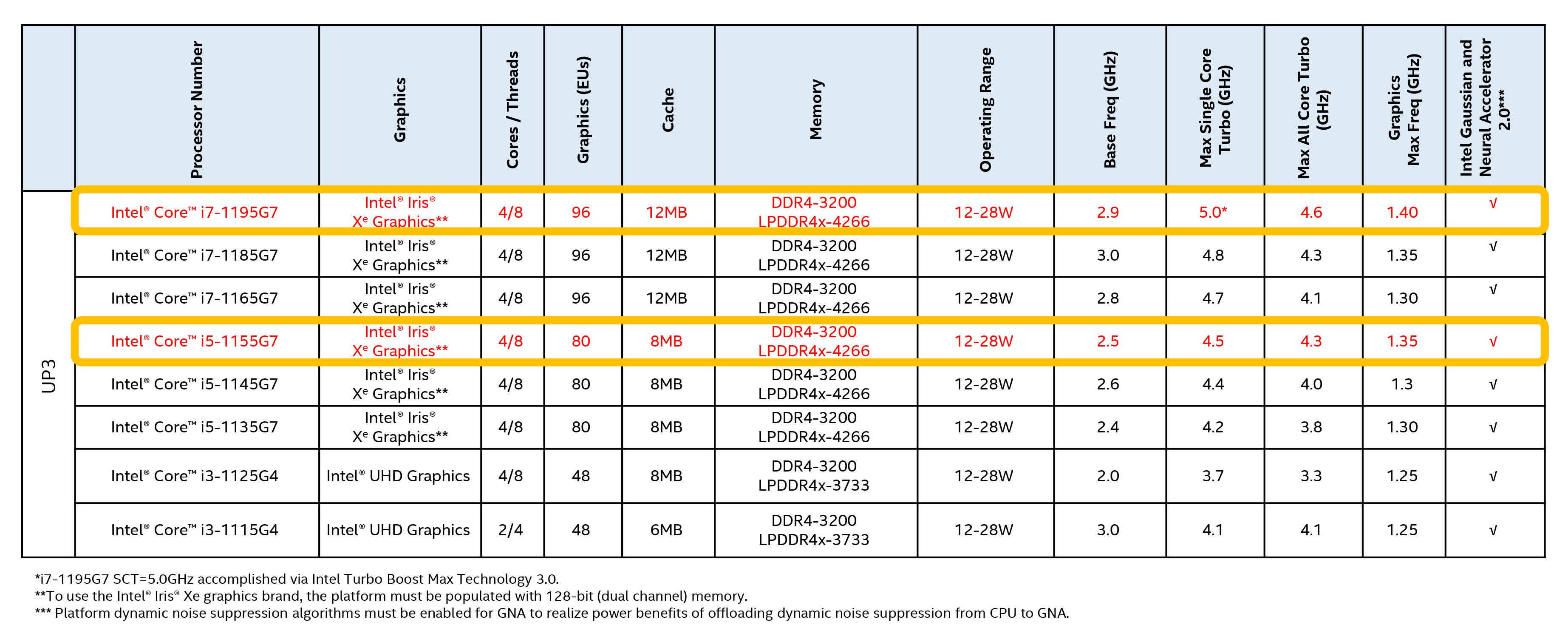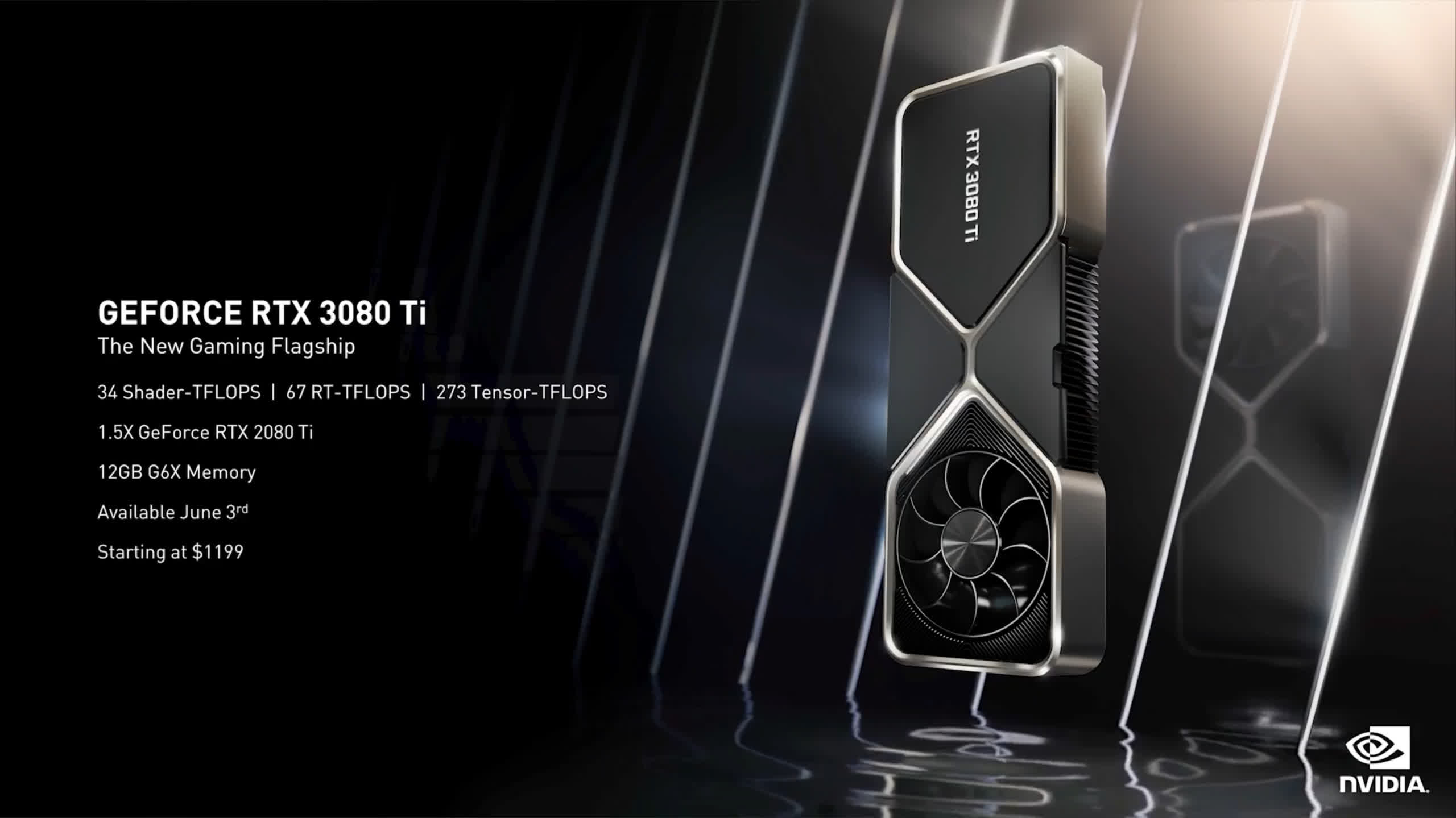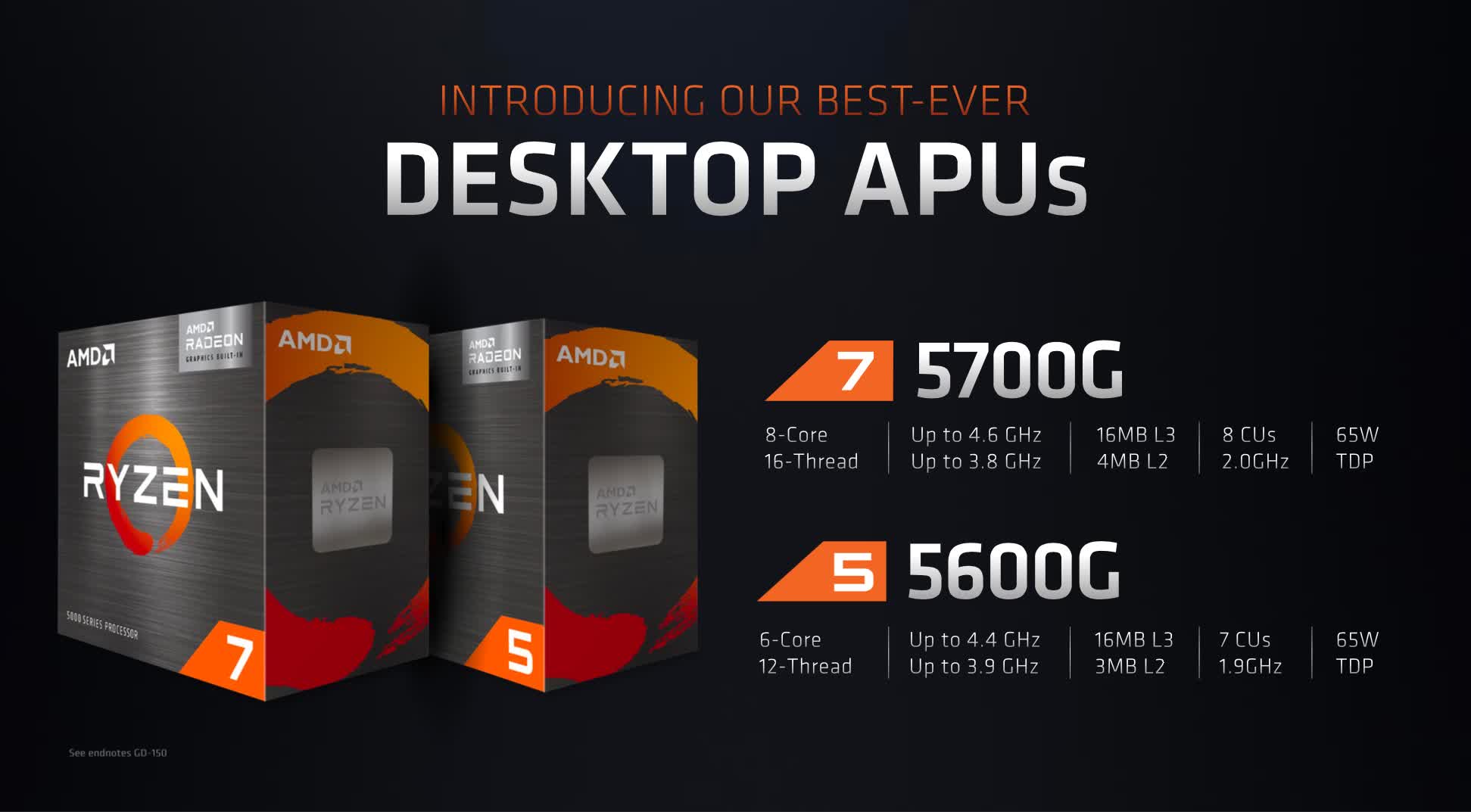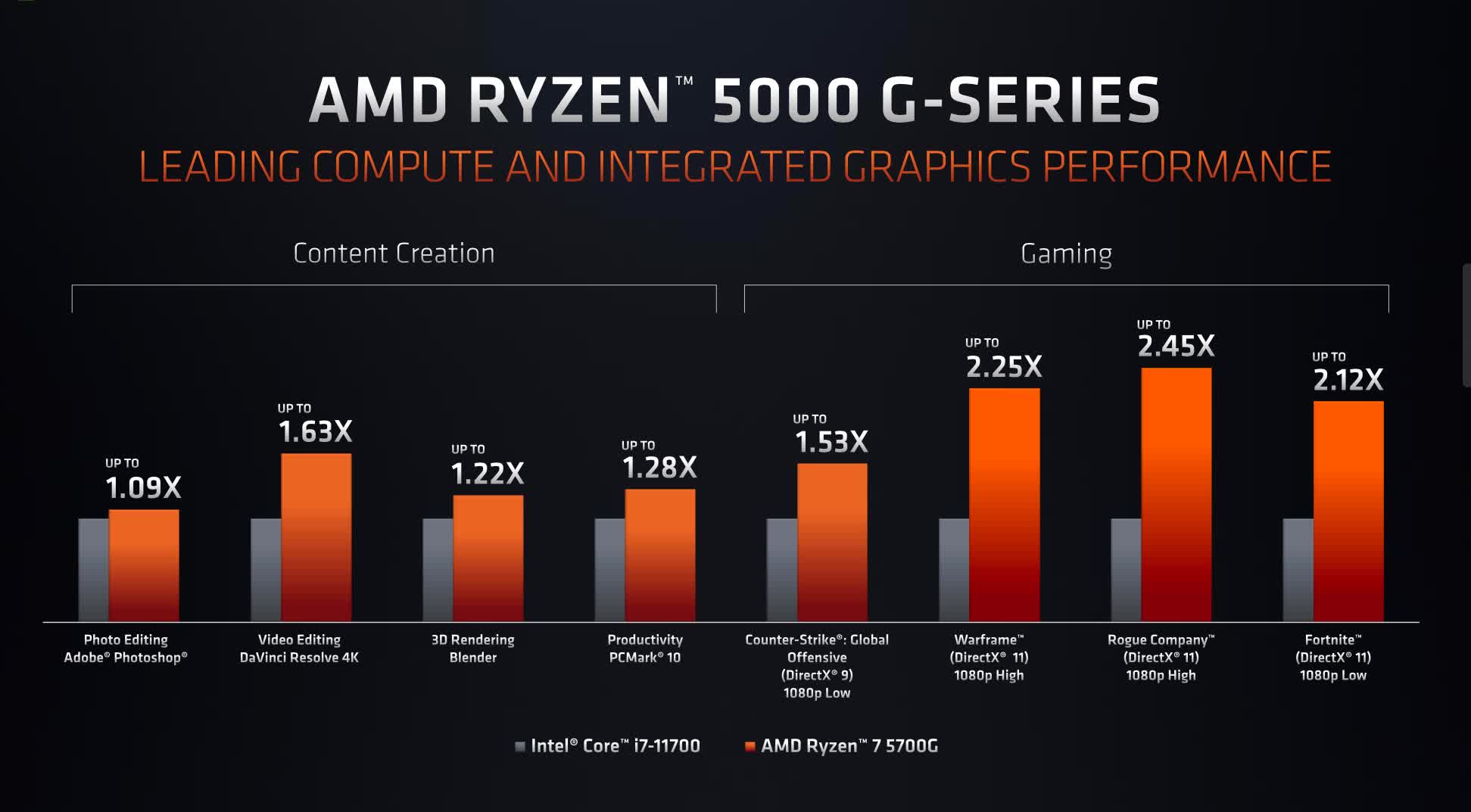Computex news from AMD, Intel and Nvidia show the strength of PC suppliers
Editor'southward take: My, what a difference a yr can make. For the by several years, the Taiwan-based Computex trade bear witness had arguably slid into obscurity, equally the traditionally PC-focused briefing didn't generate a lot of news that people exterior of extremely dedicated figurer manufacture watchers cared much virtually. Only the new explosive growth in PCs, and more chiefly, the influence that major PC suppliers now have, interest in Computex-related announcements has never been higher.
Even in virtual form, the avalanche of announcements coming out of this year'due south Computex from major PC chip suppliers AMD, Intel, and Nvidia did not disappoint. Not only did they highlight important advancements in PCs in conjunction with their PC OEM customers, in several instances they also demonstrated the widening range of production categories and technologies they are now impacting.
Intel kicked things off with its Computex presentation highlighting a range of new 11th-gen Intel Core mobile CPUs for ultrathin designs, including the first models that can achieve speeds of upwards to five.0 GHz. The company said it expects systems based on these new fries to kickoff appear later this summer from numerous vendors, including Lenovo, Acer, Asus, and MSI with many more shipping by the 2022 holiday season.
(click to enlarge)

Intel also refocused attention on a number of connectivity-related enhancements for futurity PCs. As the pandemic has made clear, fast, high-quality, reliable connections are absolutely essential for PCs.
At Computex, Intel emphasized this with the release of enhanced WiFi 6E-enabled chipsets -- assuasive people in the US and several other regions effectually the globe to take full advantage of the 1.two GHz of bandwidth for six GHz WiFi -- and with the official debut of its previously announced 5G solution, the Intel 5G Solution 5000, built in conjunction with MediaTek and Fibocom.
The new 5G offer comes in the form of a globally certified M.2 format add-in carte du jour that makes it very piece of cake for PC OEMs to add 5G support to a wide variety of new systems -- and officially compete with the similar format 5G modem G.ii card recently announced by Qualcomm.

Nvidia came next with important announcements related to gaming GPUs, Nvidia-certified servers for information eye applications, and several AI software tools-focused announcements, clearly emphasizing the now very wide range of the company's offerings.
On the gaming front, the company unveiled the Ampere-based RTX 3080 Ti (priced at $1,199), along with the more than affordable RTX 3070 Ti (priced at $599), which Nvidia claims offers ane.5x the gaming performance of its popular 2070 Super board from about 2 years back.
For mobile gaming, Nvidia highlighted its ongoing work on the third generation Max-Q blueprint framework. The technology behind Max-Q is powering new gaming notebooks from several vendors including Dell, which announced a new line of Alienware Ten-Serial gaming laptops using the GeForce RTX 3080 GPU (and Intel's latest 11th Gen Core CPUs) that are the thinnest Alienware notebooks the company has ever produced.
On the information middle front, Nvidia said that there are now more than 50 Nvidia-certified servers, thank you in big function to the fact that the program now includes support for servers with DPUs (data processing unit) that the visitor acquired through its acquisition of Mellanox Technologies in 2022.
These systems are all certified to run Nvidia'south AI Enterprise Software, a suite of tools designed to brand the frequently-challenging procedure of building AI-enabled software easier for more organizations. In improver, the company announced back up for Arm-based servers as part of the program, emphasizing the intriguing idea of having nearly of the ciphering for certain AI workloads existence washed by GPUs and DPUs, with an Arm-based CPU serving as more of an orchestrator of tasks around these other calculating elements. While information technology is nonetheless early days for this concept, it'south definitely going to be an interesting one to sentry.
AMD was the last of the big three to nowadays on the virtual Computex stage, and CEO Dr. Lisa Su arguably had the largest quantity of and most impactful news of the event.
Packed into her roughly 40-minute keynote was news on the company's third-generation Epyc server performance, Ryzen 5000 CPUs for commercial desktops, updates on next generation Radeon 6000 GPU engineering, the launch of the AMD Reward design framework for mobile gaming PCs, the unveiling of a partnership with Tesla on the visitor'due south auto infotainment systems, more details on the company'southward previously announced partnership with Samsung for mobile devices, and fifty-fifty some 3D chiplet packaging engineering science with foundry partner TSMC.

The last detail was one of the most surprising of the event. Though few people tend to dig into the details of chip architectures, AMD's work with TSMC on 3D chiplet packaging technology (initially for L3 cache memory on Ryzen CPUs) highlights the rapid stride of advancements that AMD is making in this critical area.
According to the company, its technology is both denser and faster than the conceptually similar Foveros chip-stacking technology that Intel debuted with its Lakefield processor last twelvemonth. Nosotros won't know for sure, of course, until existent chips with the technology are officially released—expected later on this twelvemonth—just information technology'south an impressive annunciation from the company, especially considering they expect to extend its usage to multiple other chips past the cease of the year.

AMD also spent a great deal of time discussing its new Reward design framework. AMD Advantage is intended to create notebooks that are optimized to leverage the full capabilities of both AMD'south Ryzen 5000 series mobile CPUs and its Radeon RX 6000M, and in the procedure, deliver premium gaming experiences.
The visitor is working with a number of OEM partners to create these systems. Speaking of PC partners, HP is leveraging AMD'south new Ryzen 5000 series commercial parts in its latest EliteDesk 805 G8 Series and ProDesk 405 G8 Series desktop PCs.
"Information technology is clear that the rejuvenated PC market is driving both stronger competition and creating new opportunities for the industry'due south about important suppliers."
Finally, the last bit of surprising news from AMD came in the course of expanded partnerships with other companies using its CPU and/or GPU technologies. Though it had been previously discussed, the link with Samsung to utilise AMD's RDNA graphics technologies, including ray tracing, in the next Exynos mobile chipset likely caught many off baby-sit. Unfortunately, most of the Samsung Exynos-powered smartphones are sold outside the Usa, but the deal all the same highlights the company'south growing influence outside the world of PCs and servers.
Similarly, the Tesla infotainment system partnership, which uses embedded Ryzen APUs and Radeon graphics applied science in the latest Model South and Model Ten cars, likewise shows the broader affect the company is starting to take.
All told, it is clear that the rejuvenated PC market place is driving both stronger competition and creating new opportunities for the manufacture's most important suppliers. That'due south a good sign for a healthy future for all.
Bob O'Donnell is the founder and main analyst of TECHnalysis Research, LLC a technology consulting firm that provides strategic consulting and market research services to the technology manufacture and professional financial community. You can follow him on Twitter @bobodtech.
Source: https://www.techspot.com/news/89908-computex-news-amd-intel-nvidia-show-strength-pc.html
Posted by: gardinanday1996.blogspot.com


0 Response to "Computex news from AMD, Intel and Nvidia show the strength of PC suppliers"
Post a Comment